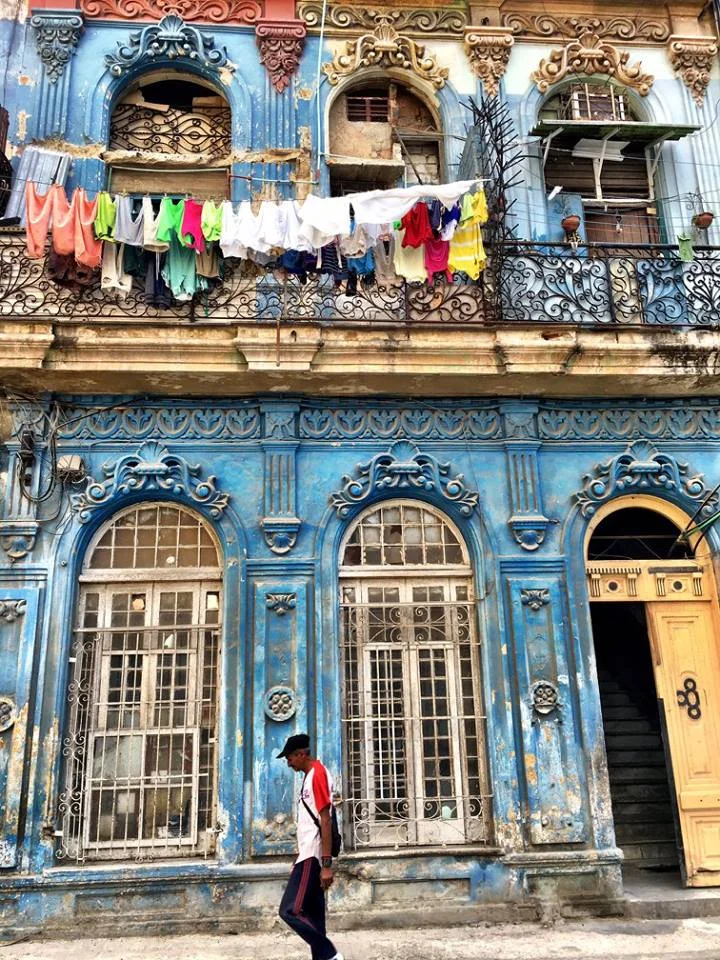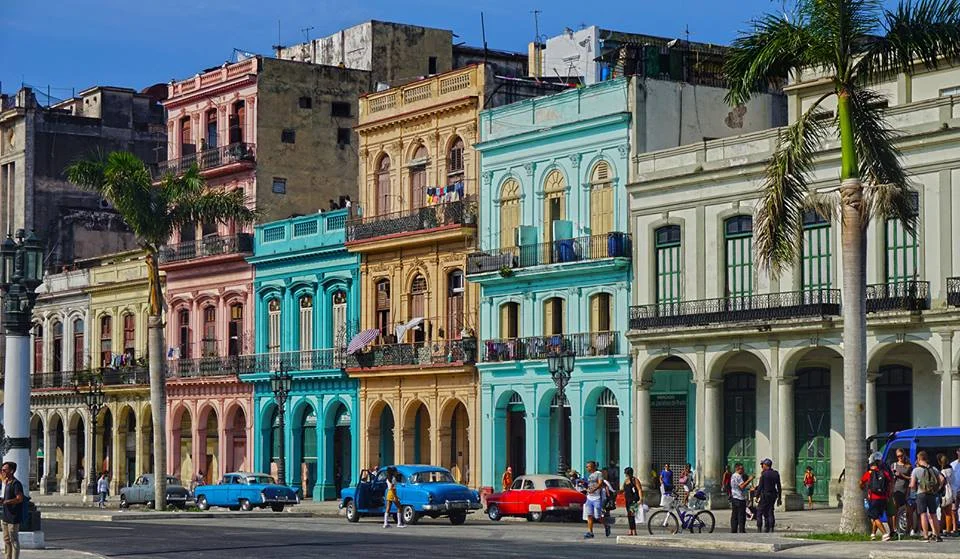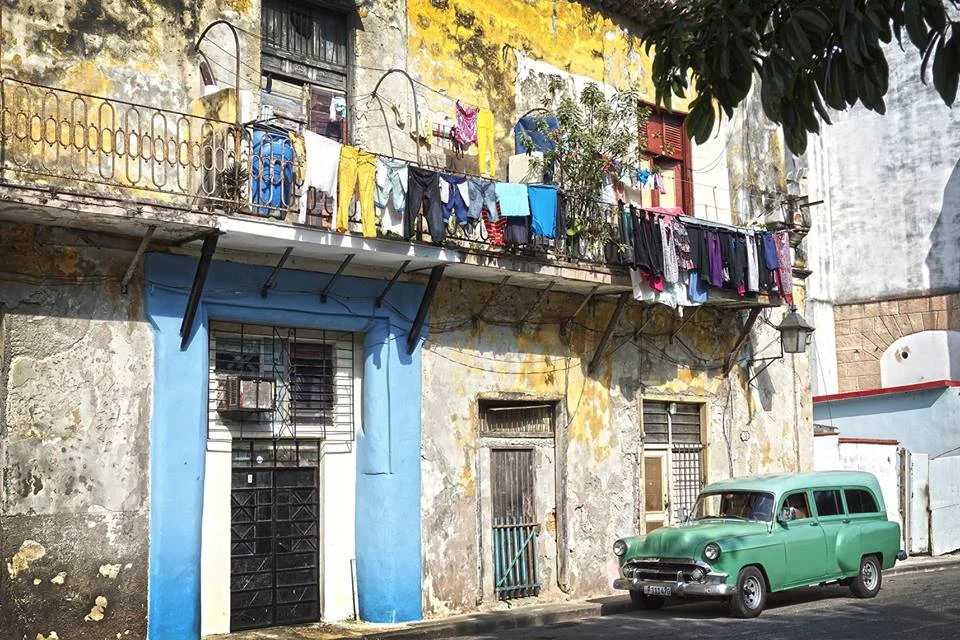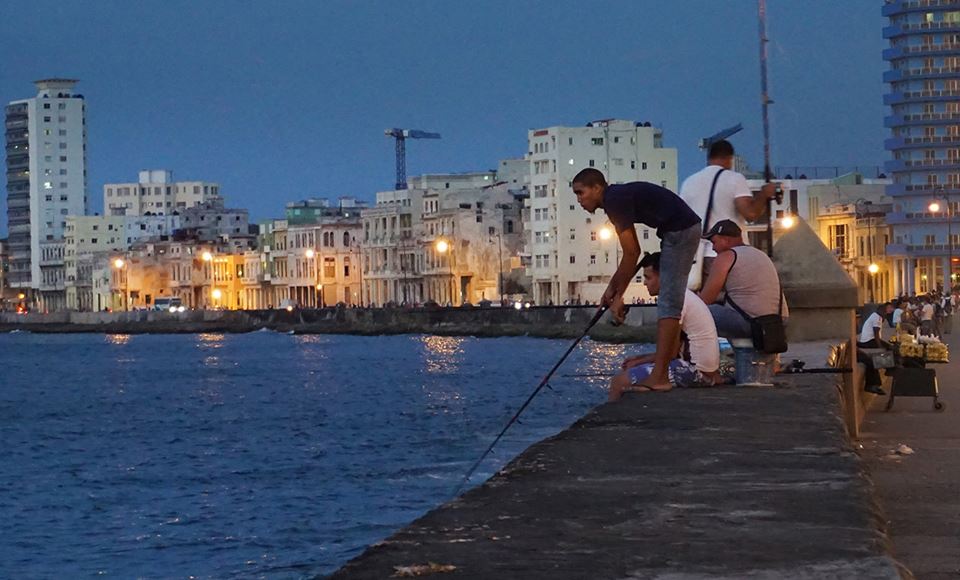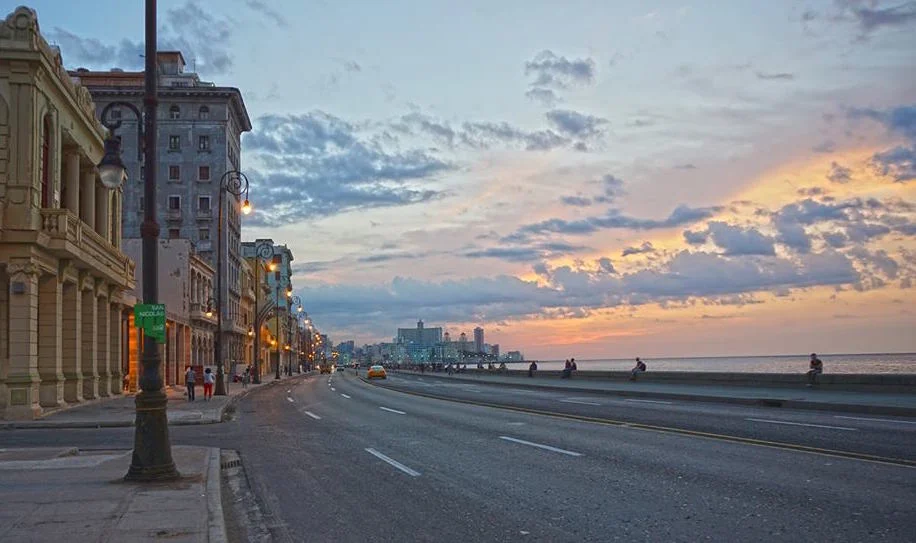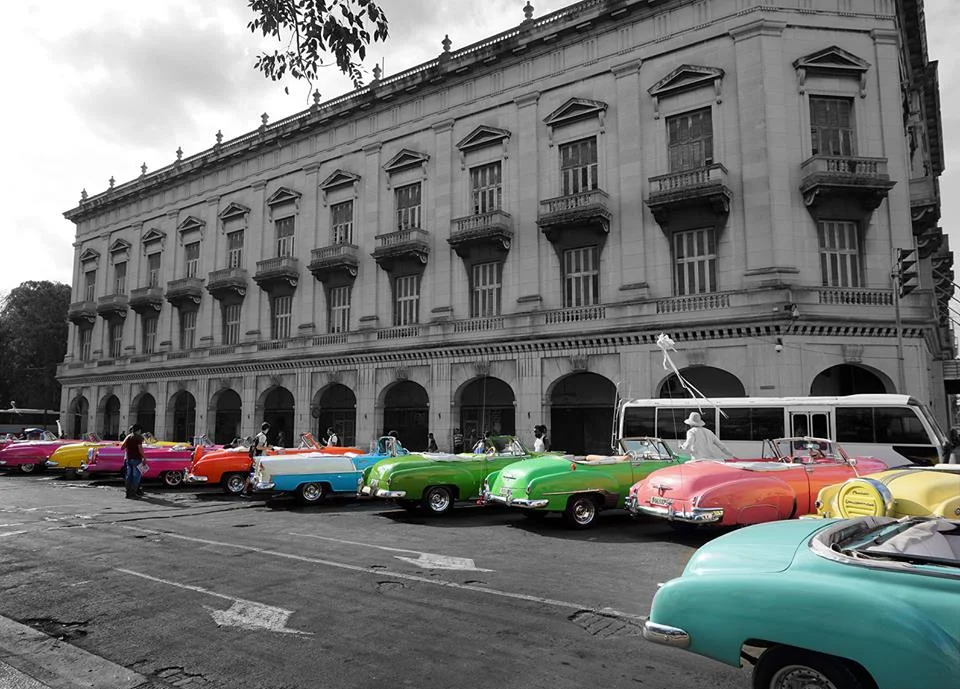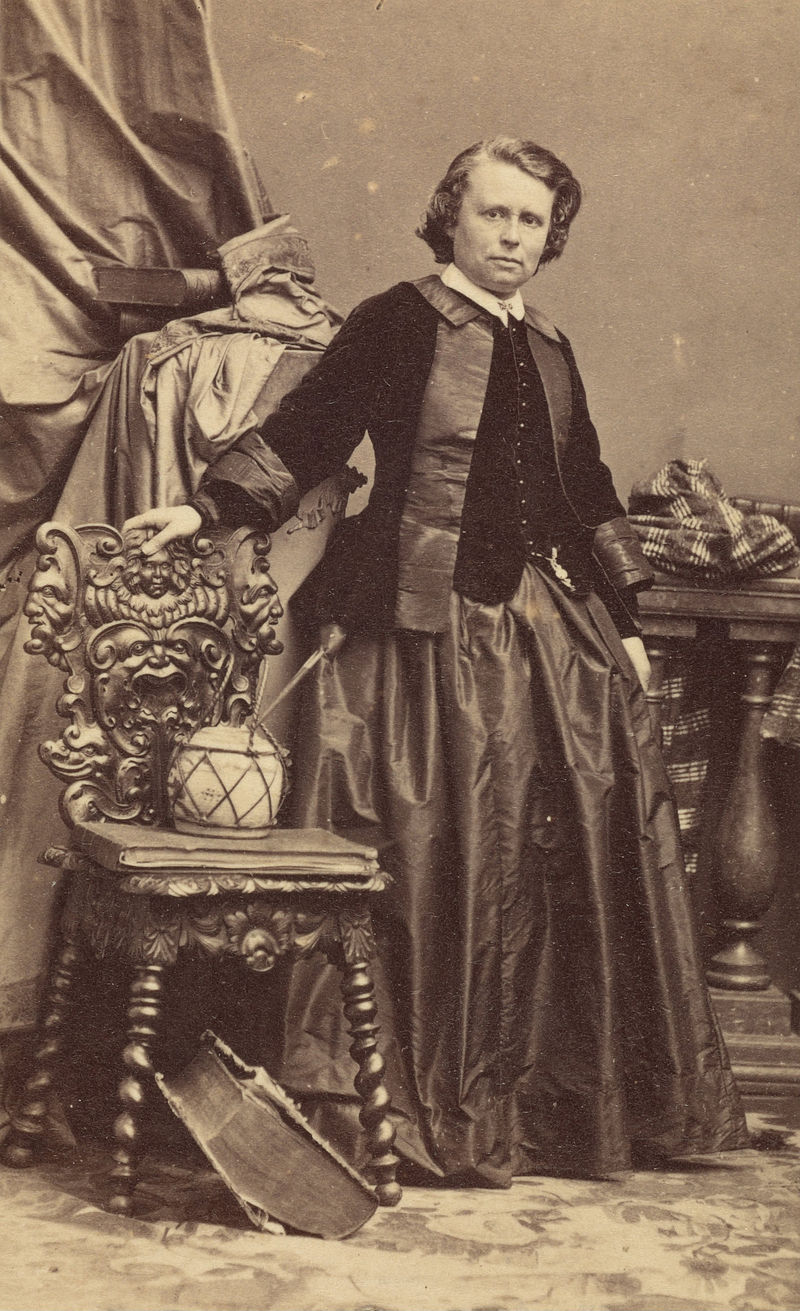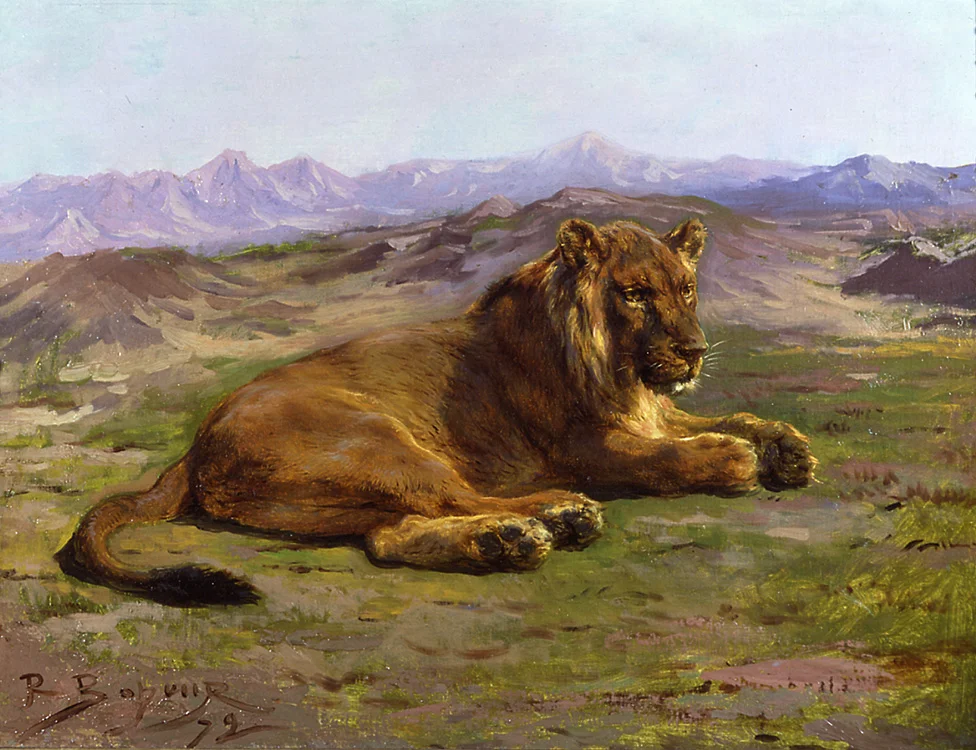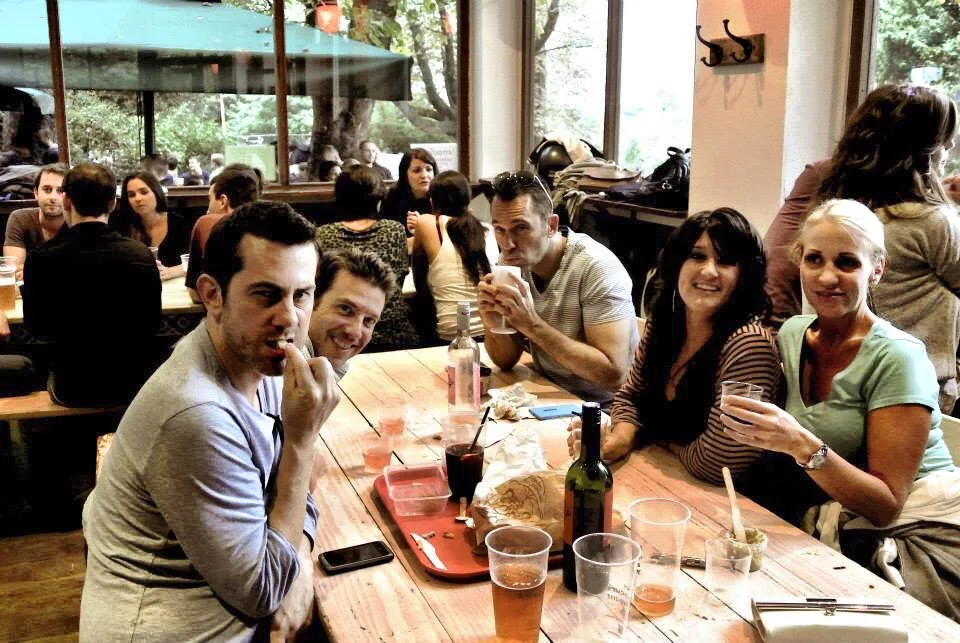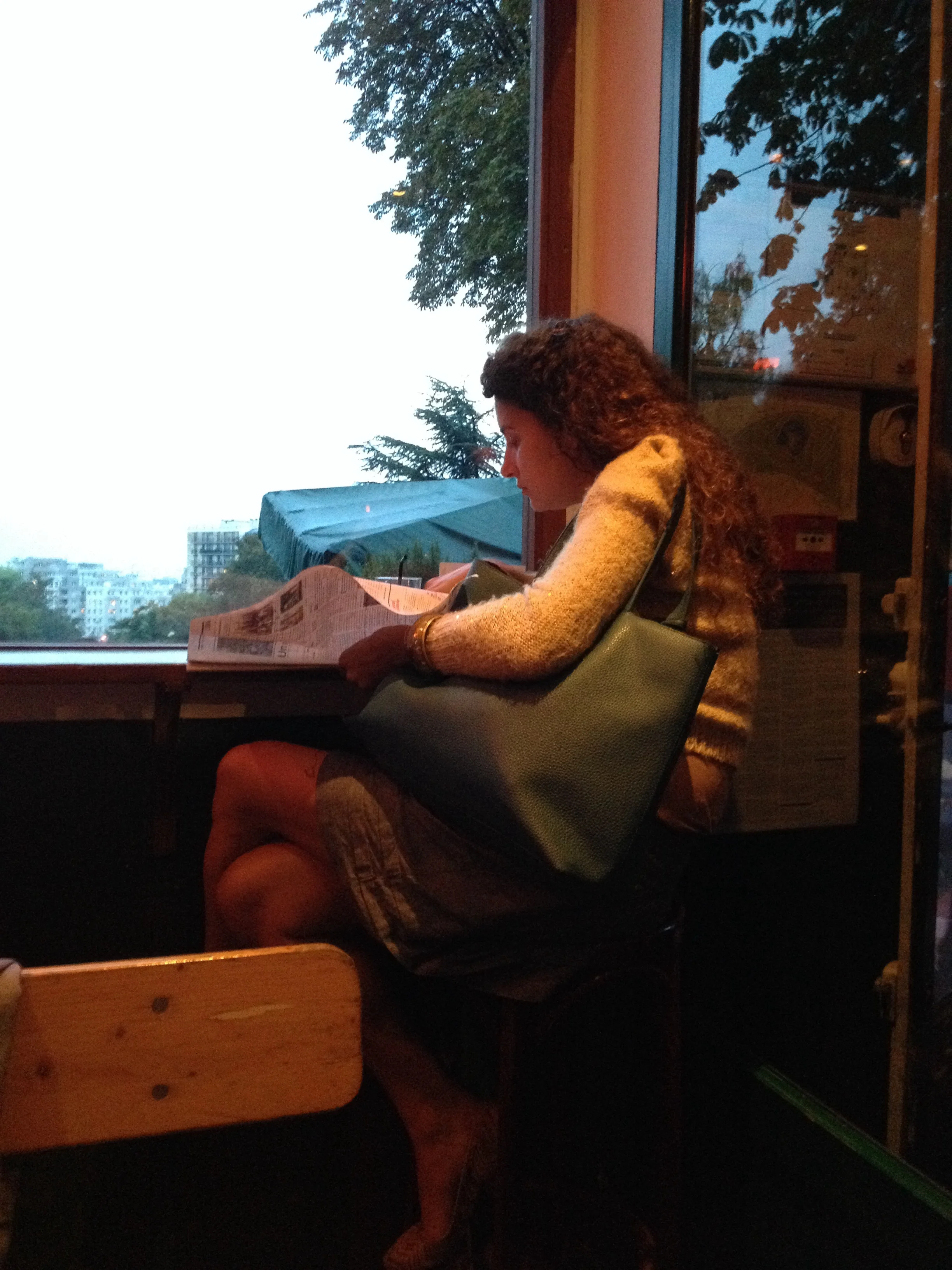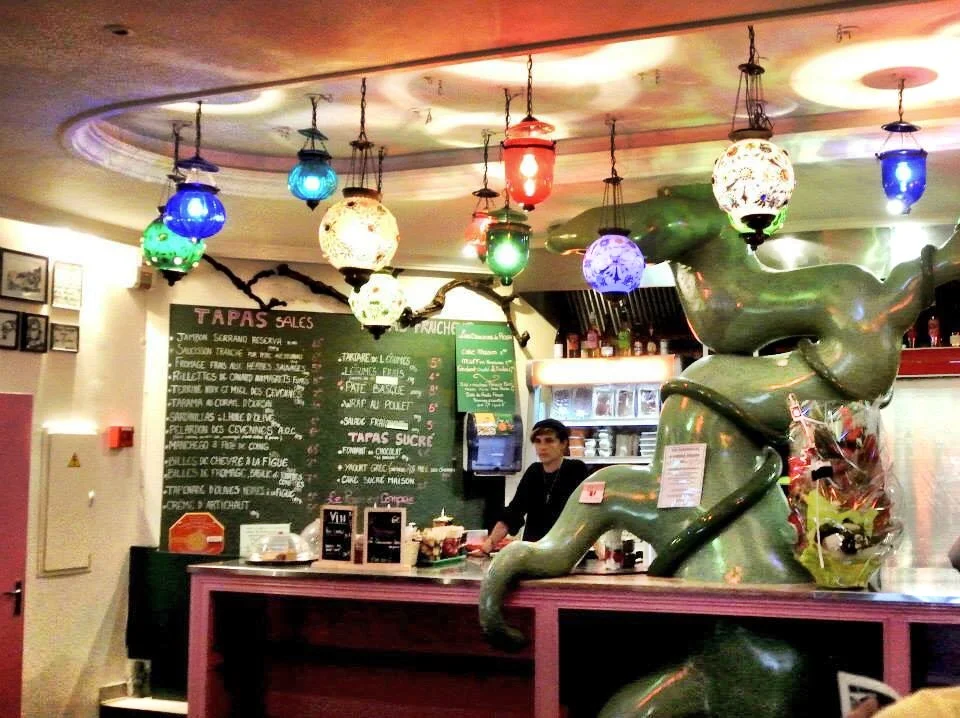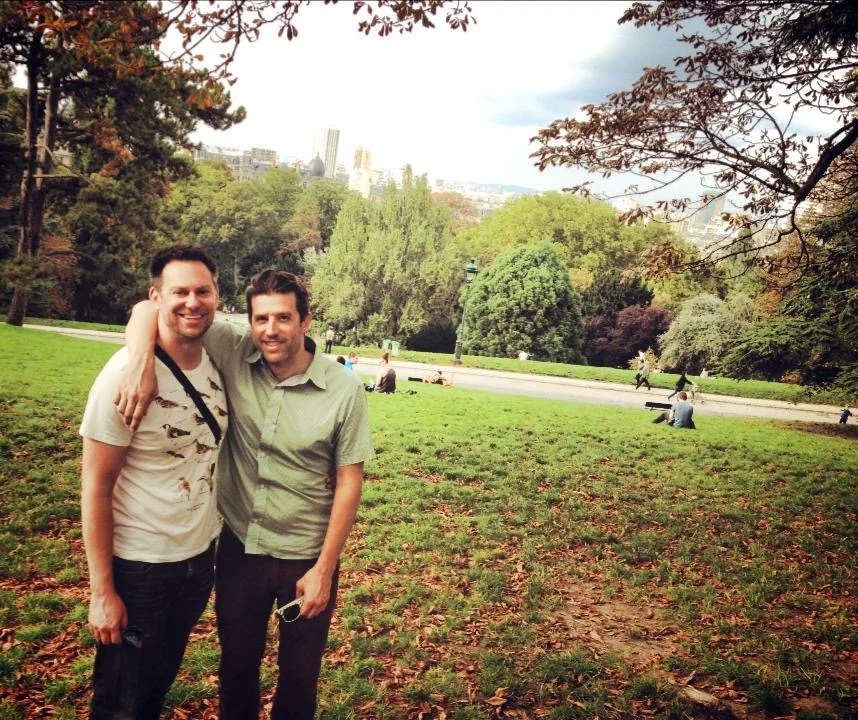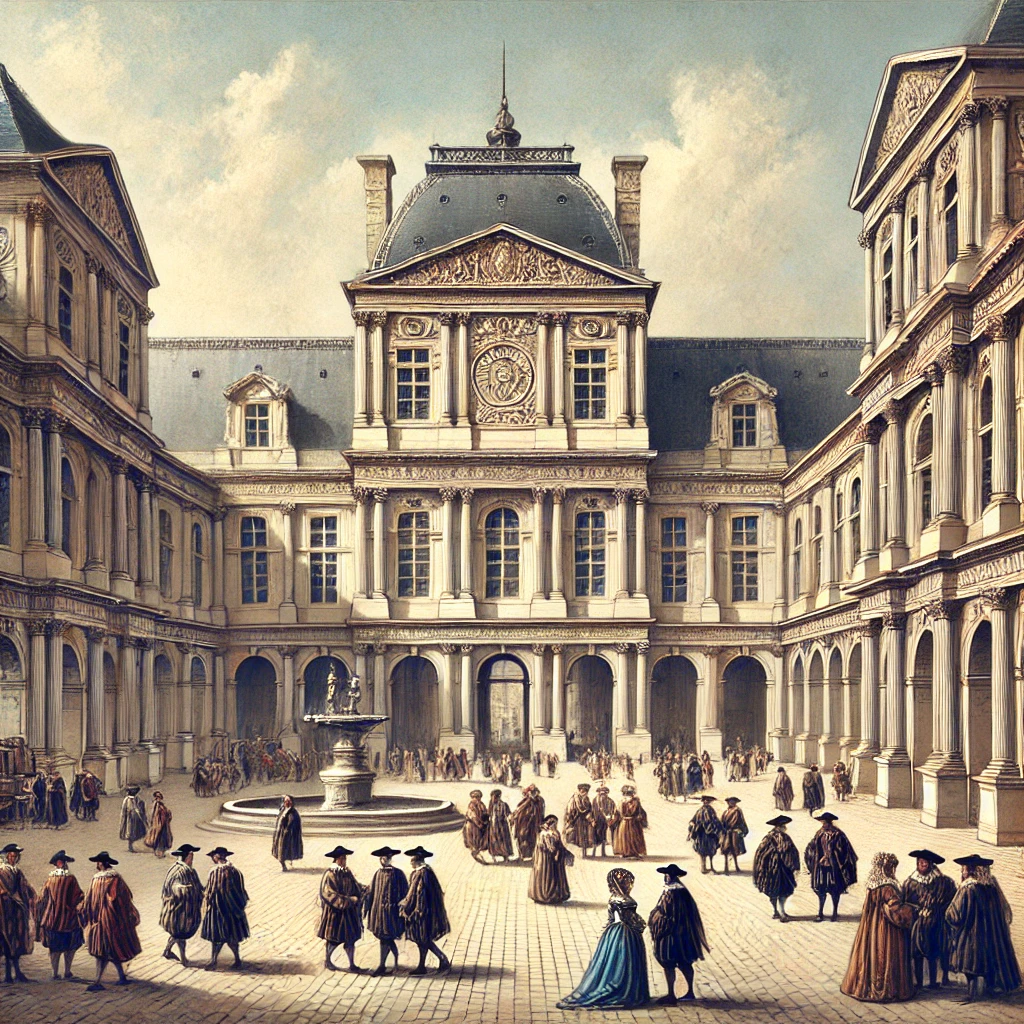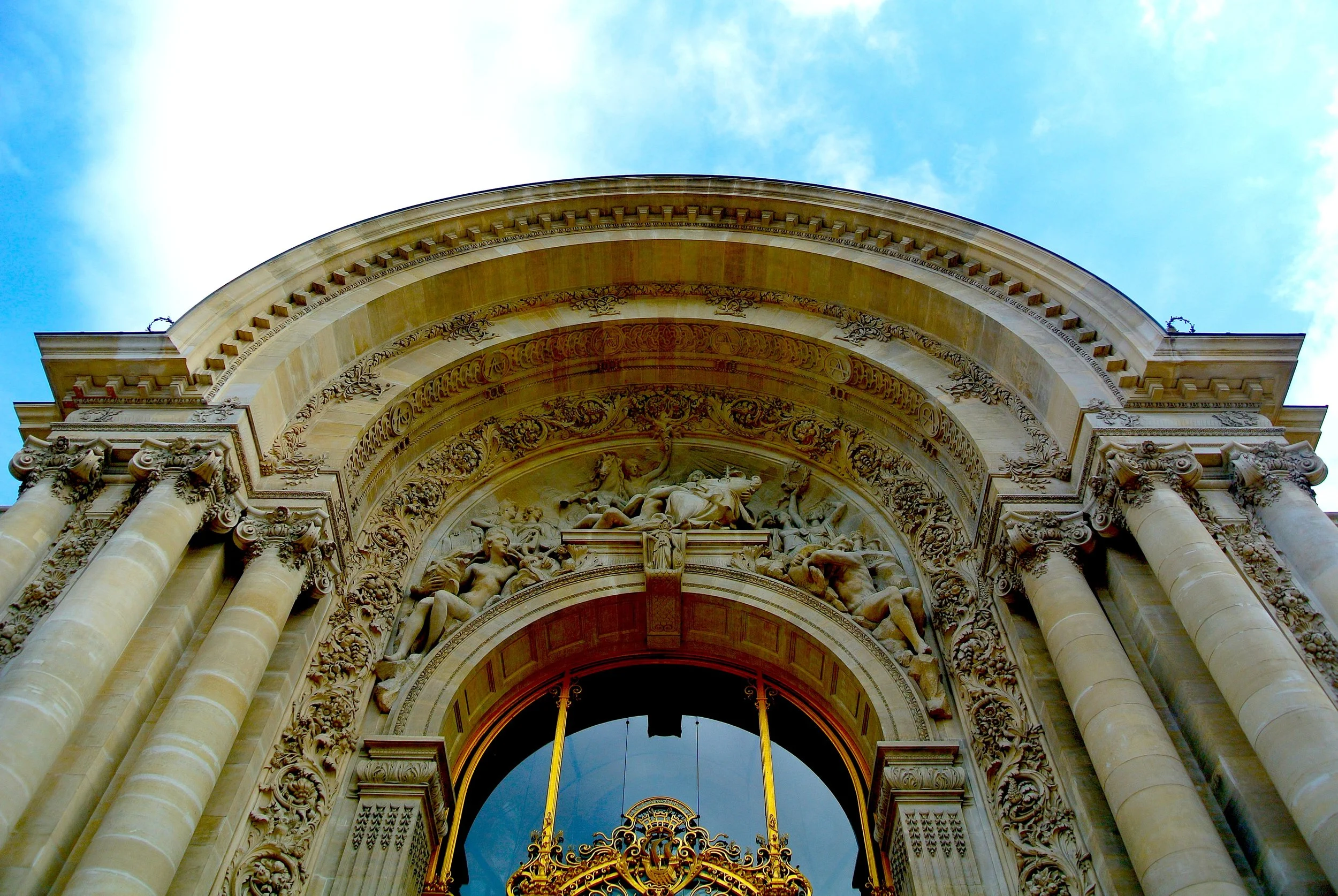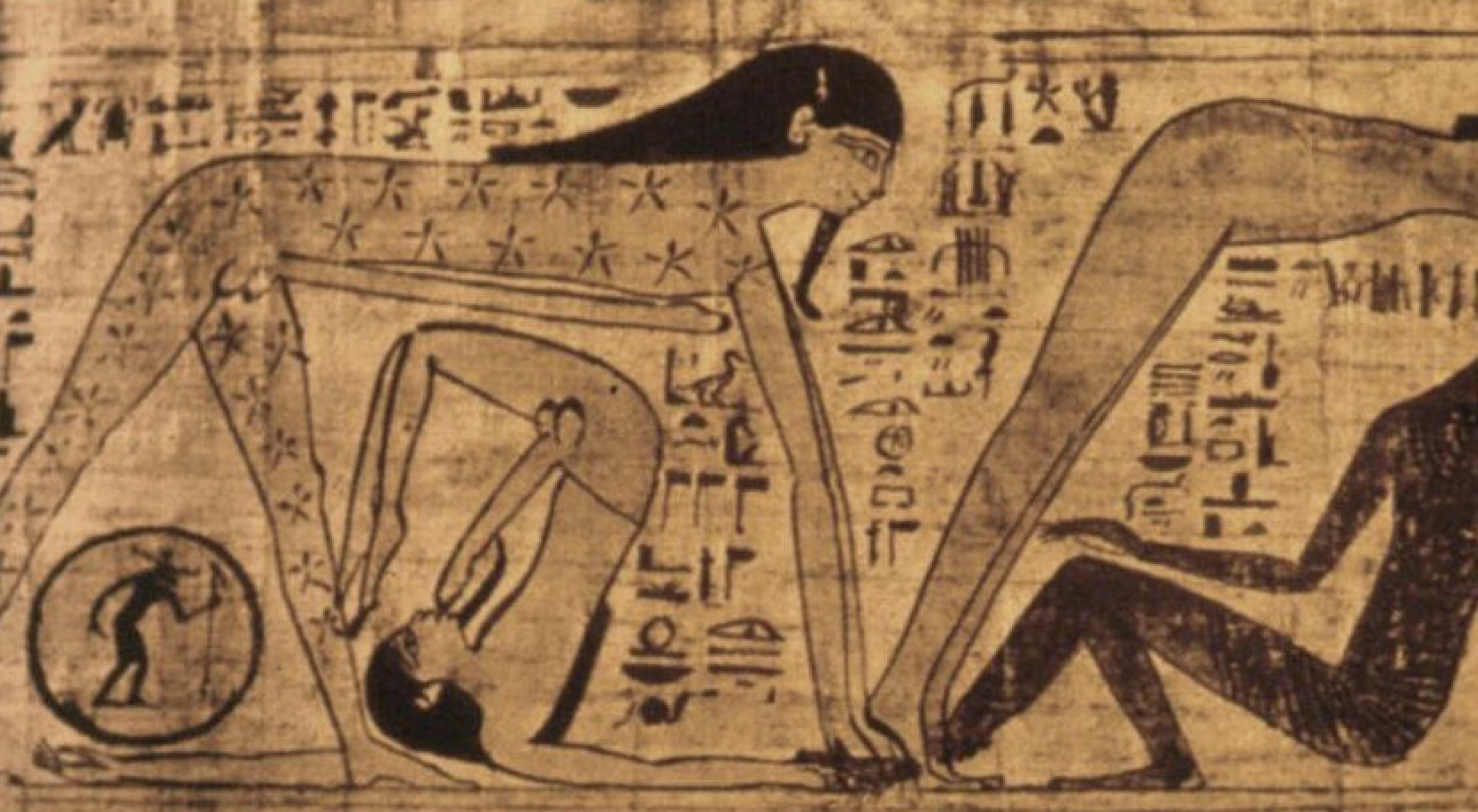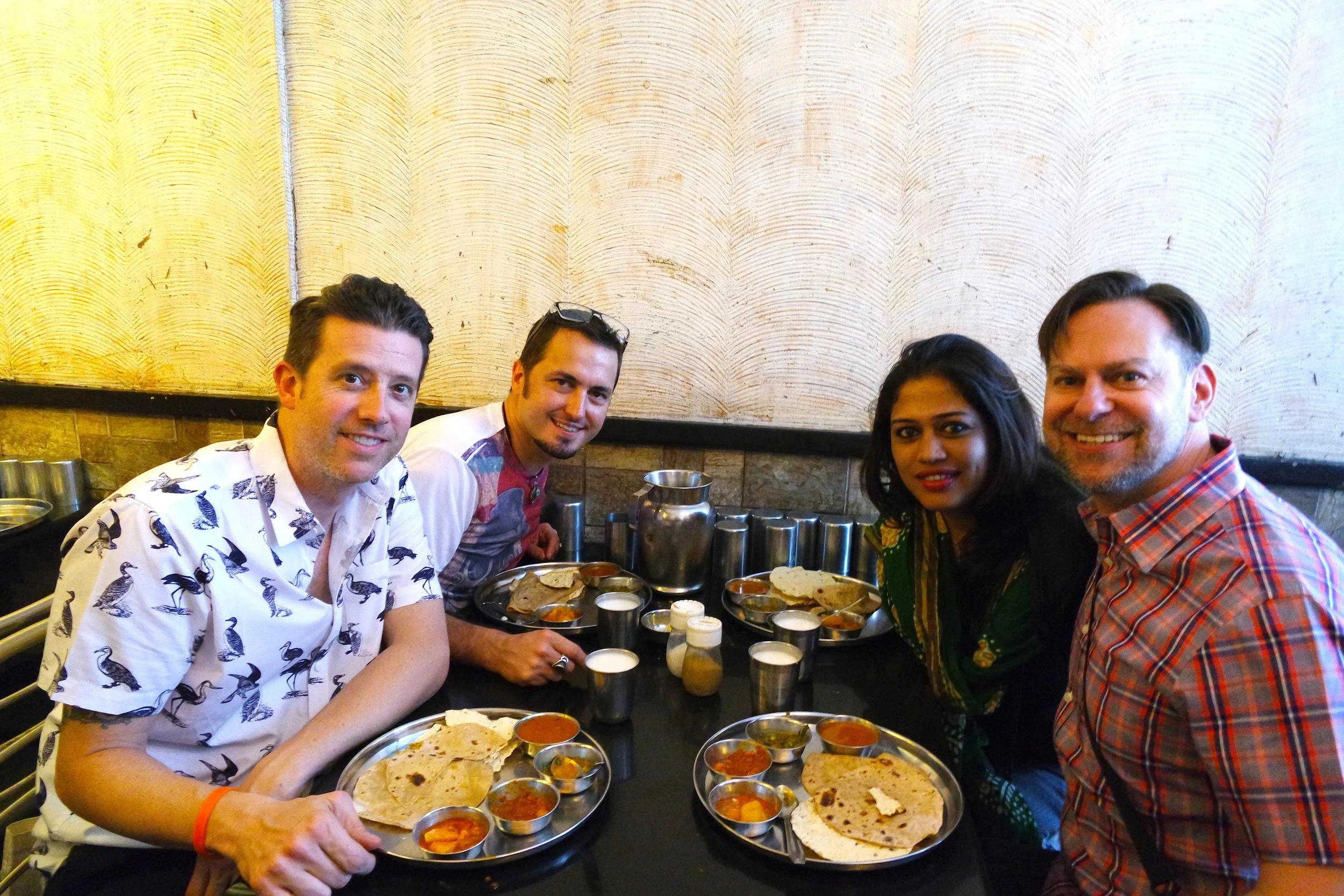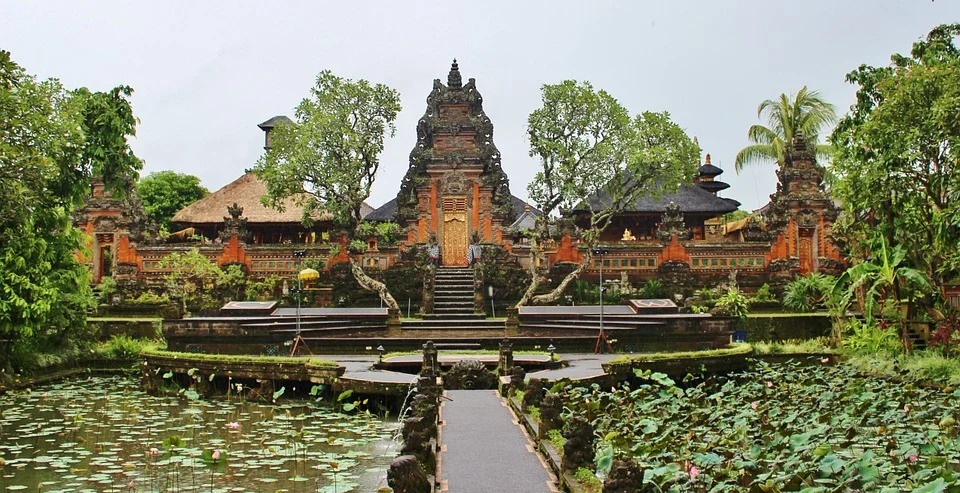For Americans traveling to Cuba, here’s advice on what to do in Havana, from the jinetera prostitutes to staying at a casa particular.
Magestic yet crumbling buildings and classic American cars are the magical formula for Havana, Cuba’s appeal
“I’ve had a lifelong fascination with Cuba,” our friend Joe says. “Any place someone tells you you can’t go, you of course want to go to.”
That kind of comment is par for the course with Joe. He’s the kind of fun-loving guy who views life as an adventure — and his enthusiasm is contagious.
“There are prostitutes everywhere in Havana. They’re known as jineteras, and they’re particularly aggressive, always on the lookout for foreigners.”
With such a tantalizing (and forbidden) destination so close to the United States, Joe and his boyfriend Scott had planned an illegal excursion to Cuba by flying through Canada.
Then, suddenly President Obama reversed the United States’ long-standing travel ban, and Joe and Scott booked a trip within a week. (Of course, President Trump has made it more difficult to travel to Cuba, part of his attempt to undo everything Obama accomplished.)
Life’s a beach for Scott and Joe
Joe and Scott flew down to Miami, Florida and booked a $500 charter flight on an Aruban air carrier.
“It was a surreal experience,” Joe says. “We were some of the first people we know that got to go.”
“Go to Havana while you can,” Joe says. “Witness this city before it changes forever.” For Americans, it sadly might be too late
Here are some of Joe’s tips about what to expect and how best to enjoy a vacation in Cuba. (Just keep in mind that Joe himself admits that he’s a tad prone to exaggeration.) He says that four days in Havana should suffice.
It’s hard to take a bad photo in Havana, our friend Joe says
Keep in mind it’s a Communist country.
There are hardly any ads anywhere, and you won’t see large supermarkets. Instead, there are shed-like structures where people line up every morning to get their rations. Sounds like something out of Animal Farm.
In one of the buildings Joe and Scott went in, they passed a server taking a catnap
If you see an open door, go in.
This is very Joe — he’s the type to sneak into a building and worry about getting in trouble later. He insists, though, that this was some of the best advice he got during his research, perusing blogs and travel guides about Cuba.
Once you go through the door, climb up to the rooftop and you’ll be able to take a gorgeous picture of the Havana skyline — and really get a feel for the shabby beauty of this city.
Just be careful, Joe warns. There could be loose wires hanging down, and the stairwell might be so dilapidated your foot could fall through a step.
In the squares of Havana — and, heck, pretty much everywhere in the city — you’ll hear music and see people dancing
You have to be prepared for the money situation.
Because there are no ties to American banks, you can’t use credit cards or U.S. currency, and there aren’t any ATMs available. That means you’ve got to plan for how much money you think you’ll spend on your entire trip and bring that with you.
“It’s very nerve-racking,” Joe tells us. He wishes they had brought an extra $500 so they had a nice cushion and weren’t constantly worried they’d run out of money.
The two of them converted their money into Canadian dollars and then into CUC, the Cuban convertible peso. $1 US = 1 CUC, but most everything in Cuba is “dirt cheap,” according to Joe. (The one exception: Cuban cigars are still expensive.)
To make things more confusing, locals use one currency, and tourists another.
“Havana is a crumbling, withering, exotic and alive city. It’s too audacious, too contradictory, and — despite years of neglect — too damned beautiful.”
Don’t fall for money scams.
Joe and Scott obviously weren’t the only Americans frustrated with the money situation. A swindler on the street insisted he could take them to state banks that would let them convert money, but it ended up being a wild goose chase. The man of course still wanted to be paid for his time and effort.
Everything in Cuba is a ghost of its former glory
Understand exactly what you’re getting with a casa particular.
When Joe was looking into accommodations, he wanted to find something akin to Airbnb. He found what’s called a casa particular, and the place looked wonderful in the pictures. Best of all, it was only $30 a night.
“Lower your expectations, though,” Joe warns.
He and Scott arrived at the building, “which looked like a prison — I like to embellish a bit,” Joe adds in an aside. They climbed up to the 7th floor and were greeted by an extended family lined up in the living room, from niños to abuelos. One of the family members gave Joe and Scott a key and pointed to a door in the corner of the room. The two of them went in and kept whispering to each other, “They’re gonna leave, right? Right?!”
No such luck. Turns out they were just renting a room, and the family remained during their stay.
It ended up being all right; the mother cooked them and the children breakfast every morning, and they made their best attempts to communicate or just kept to themselves.
“You’re gonna rough it a bit,” Joe says. “But really: AC, a toilet and a bed — that’s all you need.”
They ended up staying at the casa particular, but looked into hotels. The rates were affordable. “If you pay much more than $60, you’re paying too much,” according to Joe.
The Malecón, Havana’s waterfront district, is popular with the gays
Cubans tend to be OK with gays.
On the plus side, Joe says they don’t aggressively punish people for being gay in Cuba. They’re starting to get more open-minded, he adds, and there’s a small gay scene along the Malecón, the waterfront strip downtown.
The Malecón is the best spot to watch the sunset — and to pick up a prostitute!
Watch out for the whores.
There are prostitutes everywhere in Havana, Joe says. They’re known as jineteras, and they’re particularly aggressive, always on the lookout for foreigners.
One day Joe and Scott were sitting at a café, when a Cuban woman who had teeth missing started chatting with them. They thought it was great to meet such a colorful, friendly local. Then she disappeared, soon returning with two young jineteras in tow. Turns out she was a madam and wanted to pimp out a couple of her girls!
Joe took Scott’s hand and indicated that the two of them were together. “You should have seen the look on their faces. They acted like they had never heard of such a thing,” Joe says, laughing.
Go right into a hotel, climb up to the rooftop, which usually has a pool and bar — and enjoy the ideal spot for an afternoon siesta
Learn the secret to a perfect siesta.
Remember how you’re supposed to go into every doorway you come across? Joe especially recommends this with hotels. In the afternoon, after a morning walking in the blazing sun, he and Scott would head to a hotel and go straight up the stairs.
“Every hotel has a rooftop pool and bar, so that was our afternoon delight,” he says. “We took naps there instead of our room.”
The streets of Havana are filled with classic American cars from the 1950s. You might say time stands still, after Fidel Castro’s revolution and the subsequent U.S. embargo
The shopping isn’t great.
There’s not a huge tourist economy in Cuba, though it’s somewhat popular with Canadians and Europeans. Joe found that many locals hadn’t met too many Americans.
He was surprised and disappointed to discover that there weren’t any local handicraft markets like you’ll find in other parts of the world.
And because Joe and Scott were worried about running out of money too soon, the two of them did most of their shopping at the airport before they flew home, loading up on Caribbean rum.
They did hear about a big shopping warehouse by the harbor. “There was booth after booth,” Joe says, “but it was all the same T-shirts and crap. And it all said, ‘Made in Canada.’”
Many cafés are found in interior courtyards of buildings
Search out (or stumble upon) the secret cafés.
As Joe has suggested, “You really do have to walk into every building you can.” Some of them will suddenly open into what can only be described as gorgeous interior courtyards that house cafés.
“Walking through Havana really is a voyage of discovery,” our intrepid traveler tells us.
Take a “cab.”
The taxis in Havana aren’t anything like those in the United States, Joe says. They could be a flatbed truck you’re sitting in the back of, holding on for dear life. “Whatever has wheels could be your cab,” he explains.
Needless to say, there aren’t any meters in the cabs, so tell your driver how much you’ll pay and agree on a price before you even get in.
Spend some time exploring the Colón Cemetery, where Christopher Columbus’ remains were once enterred
Visit the Colón Cemetery.
One of the cab trips Joe and Scott took (in the previously described flatbed truck) was out to the Colón Cemetery. Like us, Joe loves graveyards and added this one to their itinerary. It’s one of the oldest cemeteries in the Americas, and once housed the remains of Christopher Columbus — before his body was relocated elsewhere.
You can spend a pleasant couple of hours wandering the elaborately carved stark white monuments near a lemon yellow chapel.
The Cabaret Parisien at the Hotel Nacional de Cuba
See a show at a historic hotel.
Wanting to go to one of the famous Tropicana shows, Joe and Scott got tickets for the Cabaret Parisien at the Hotel Nacional de Cuba, a large hotel on the Malecón, where mobsters and celebrities hung out in the gilded past.
The show was everything they expected: “a definite Caribbean feel, with Carmen Miranda types in frilly shirts and bongo drums,” Joe says.
“I kept waiting for Ricky Ricardo to come out,” he adds.
“Did you see Charo?” Duke asks, to which Joe exclaims, “Everyone is Charo there!”
Bring goodies for the kids.
As Joe mentioned, the Cuban people get only the essentials. As such, the kids don’t have many toys.
Joe hit up Target and brought toys and school supplies and books and Barbies and balls.
“We spent one day just handing out toys,” Joe says, “like a gringo Santa Claus.”
Don’t just think about the kids, either: “The women will bow at your feet if you bring them a hair scrunchie!” Joe adds. “It’s better diplomacy, PR for Americans than Trump’s policies.”
Joe and Scott hopped on a bus and spent some time at a resort on Varadero Beach
Get out of the city and hit the beach.
Joe and Scott decided to take a day trip to Varadero, a beach destination three hours away. They stayed at an all-inclusive resort, where everyone was very friendly and the beach was beautiful.
To get there, they could have taken a cab for about $70, but with their cash limited, they decided to hop on a rickety old bus, which took them to Varadero for about 10 bucks.
Be a bit daring when you visit Havana, Cuba — and adopt the party lifestyle. You’ll see people listening to music and dancing everywhere you go. You might as well join them. Who knows when you’ll next be able to visit what Joe calls the Forbidden Land? –Wally
See more of Joe’s amazing photography on his Instagram page.



